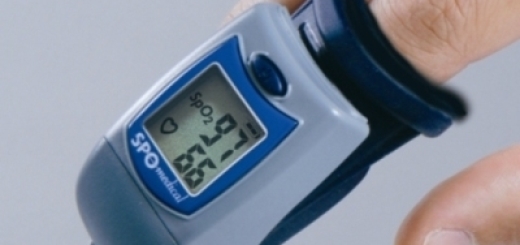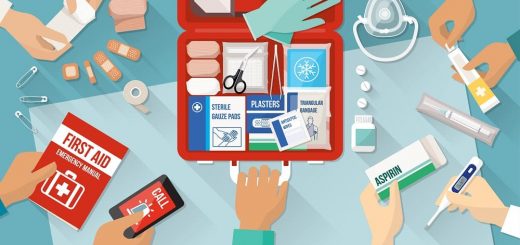What is a cardiac arrhythmia?
In this post, we’re going to look at cardiac arrhythmias. What exactly is an arrhythmia?
The normal heartbeat is initiated at the sinoatrial (SA) node. An irregular heartbeat is known as an arrhythmia including alterations in rate and atrioventricular conduction. Physiological, pathological and pharmacological causes can affect the conduction or discharge of impulses within the heart causing arrhythmias.
Types of arrhythmias
An arrhythmia can be a tachycardia or increased heart rate, usually over 100 beats/minute, or a slower heart rate called bradycardia which is usually under 60 beats/minute.
Physiological causes of tachycardia include emotion, exercise, fever, or stress. Bradycardia is normally seen during sleep. Arrhythmias are common in patients who have had a previous heart attack or heart surgery.
Why doe san arrhythmia happen?
The arrhythmia may represent a lack of normal communication between the atrial conduction system and the ventricles. Because the atria are isolated from the ventricles except for the conductive fibers, the atria can enter tachycardia without the ventricles being affected. An ectopic focus is usually involved in this case.
An ectopic focus is an area of myocardial tissue that takes over pacemaker functions because it spontaneously discharges more rapidly than the sinoatrial node, usually because of injury. Ectopic foci can occur in the ventricles too and frequently do following a heart attack.
Treatments for cardiac arrhythmias
Therapy for arrhythmias is aimed at decreasing pacemaker activity and modifying impaired conduction. The mechanisms involve the use of sodium channel blockers, calcium channel blockers and/or beta blockers in an effort to decrease the automaticity, conduction, and excitability of the heart or increase the refractory period of cardiac muscle. the effect is more pronounced in depolarized or injured tissue than in normal cardiac muscle. Drug-induced arrhythmias can result from toxic effects on cardiac conduction systems with increased dosages.
Common arrhythmias for first aiders
Atrial fibrillation (AF) and ventricular fibrillation (VF) are common arrhythmias that a first aider might encounter.
Atrial fibrillation is where the atria beat rapidly and incompletely in a disorderly and irregular manner. This is due multiple waves of excitation passing over the atria. Ventricular fibrillation, similarly, is when the ventricular muscle contracts in an uncoordinated fashion due to the rapid discharge of multiple ventricular ectopic foci. Fibrillating atria or ventricles cannot efficiently pump blood and in the case of ventricular fibrillation that lasts more than a few minutes it is fatal if the patient is not treated. Electronic defibrillators can stop ventricular fibrillation by initiating an electric shock that resets and restores normal rhythm to the heart.





